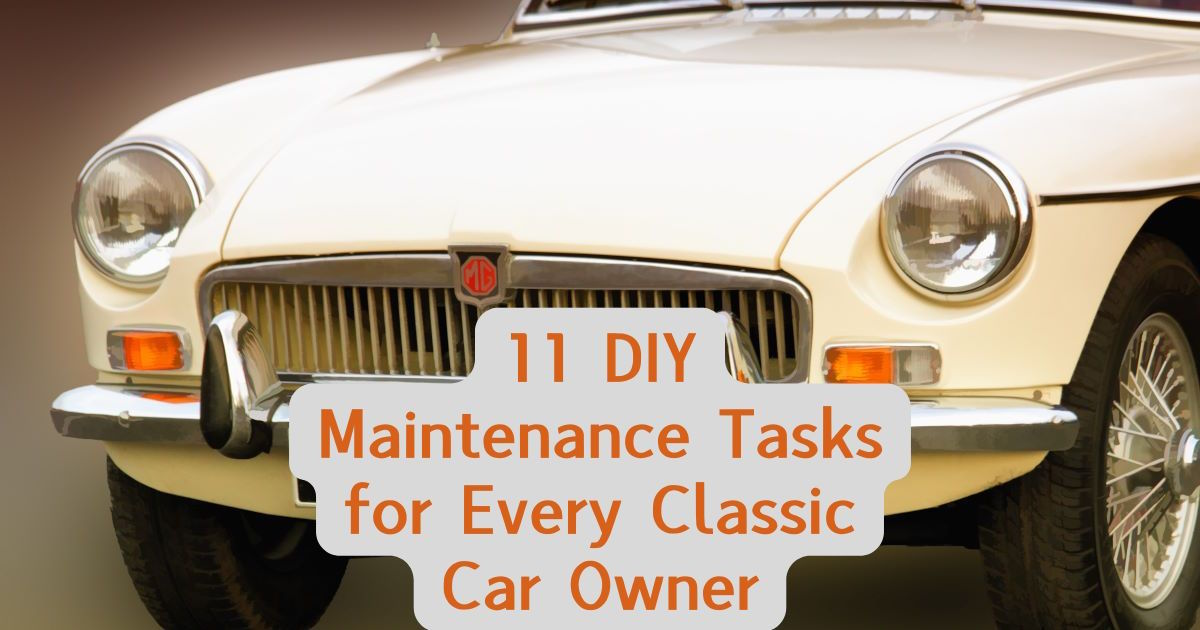
Owning a classic car is like having a time capsule in your garage—one that also needs a fair amount of TLC to keep on shining. There’s something special about turning the key in an engine that’s been around for decades, listening to that roar, and remembering a time when cars had a personality all their own.
But as much as these beauties are a joy to own, they come with their quirks, requiring a steady hand and a bit of DIY spirit to keep running like a dream.
In this guide, we’re breaking down some of the essential DIY tasks every classic car owner can (and should) tackle. From engine tweaks to body care, these tips will help you preserve the car you love, without having to haul it into the shop every other weekend.
Keep Up With Oil Changes Like It’s 1965
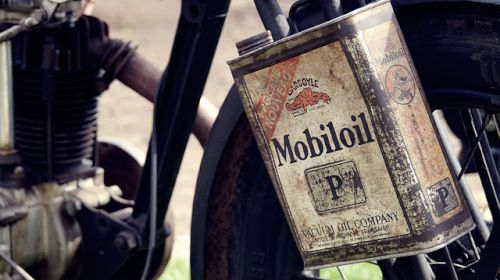
Regular oil changes are essential for keeping your classic car’s engine in peak condition. Unlike modern cars, older engines aren’t always compatible with synthetic oils, so it’s crucial to use oil formulated for high-mileage or classic engines.
Check your oil level frequently, and aim to change it every 3,000 miles or sooner if the car sits for extended periods.
Adding a good oil filter that fits your engine’s needs is just as important. Some classics benefit from additional zinc (ZDDP) in the oil to protect engine components—especially if you’re driving a pre-1980s car.
Brake Maintenance: Don’t Cut Corners

Brakes are vital for any vehicle, but with a classic car, keeping them in top condition can mean the difference between a smooth stop and a brake failure. Inspect your brake pads, rotors, and lines regularly.
Classic cars often have drum brakes on the rear, which may require more frequent adjustments and part replacements compared to modern systems.
If you’re up for a DIY challenge, bleeding the brakes and replacing brake fluid is a great way to improve stopping power. Just remember that classic cars might use a different type of brake fluid than you’re used to, so double-check the specs.
Related: 7 Maintenance Tips to Keep Your Classic Car Running Smoothly
Spark Plug Care: Igniting That Old-School Power
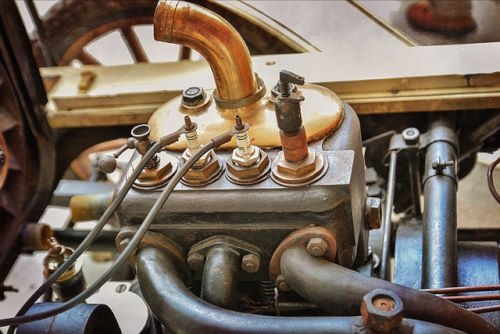
A misfiring engine can ruin any cruise, and faulty spark plugs are often the culprit. In classic cars, spark plugs can be a bit finicky, and regular replacements can help keep your engine firing smoothly.
Invest in high-quality spark plugs suited to your specific engine type—vintage engines sometimes require a different gap setting for the best performance.
While you’re at it, check the spark plug wires too. Older wires can become brittle over time, leading to misfires and even engine damage. Replacing them with new, durable wires keeps the engine running reliably.
Tire Care: Tread Carefully

With classic cars, tires aren’t just about function—they’re part of the aesthetic, too. Many classic models come with bias-ply tires, which have a unique look and feel but need a little extra care. Make sure your tires are properly inflated, and rotate them regularly to ensure even wear.
If your classic car is mostly a weekend ride, inspect the tires before every drive. Older tires can dry out and crack if they’re left idle, so keep them covered or treated to reduce dry rot.
And if you’re considering switching to radial tires for a smoother ride, consult a mechanic to ensure compatibility.
Related: How Often to Service Your Classic Car: 9 Key Guidelines
Cooling System Checks: Don’t Let It Overheat
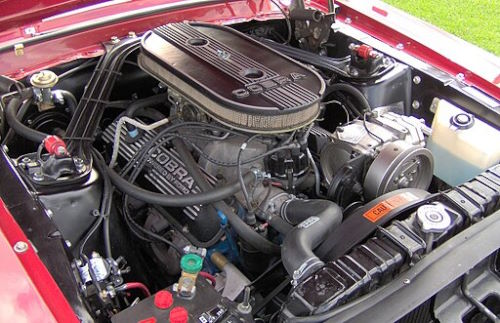
Older engines are notorious for running hot, and classic cars often require a bit more care to keep cool. Start by checking the coolant levels and radiator hoses. If your car tends to run hot, consider a coolant additive or upgrading to a modern radiator with better cooling capacity.
Be sure to flush the cooling system annually and inspect for any signs of corrosion. If your classic car is prone to overheating, especially in the summer, installing a fan shroud or an auxiliary electric fan can make a big difference.
Battery Health: Keeping The Spark Alive
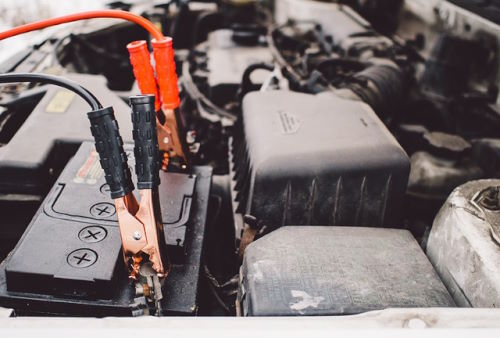
Classic cars typically have less sophisticated charging systems, making battery health even more essential. Clean the battery terminals regularly to prevent corrosion, and check the battery’s water levels if it’s an older model with removable caps.
Using a trickle charger can help maintain battery health if your car sits idle for long periods. Classic car batteries often need replacement every few years, so keep an eye on performance, especially before a long drive.
Fluid Levels: Don’t Overlook The Details

Classic cars rely on various fluids that often get overlooked. From transmission fluid to power steering fluid, each plays a role in keeping the car running smoothly. Check these levels regularly, especially if you notice any leaks, as older seals can wear down and cause drips.
Make it a habit to check fluids monthly. Keeping everything topped off helps maintain smooth handling and performance, giving you more confidence on the road.
Suspension Tune-Up: A Smooth Ride Never Goes Out Of Style
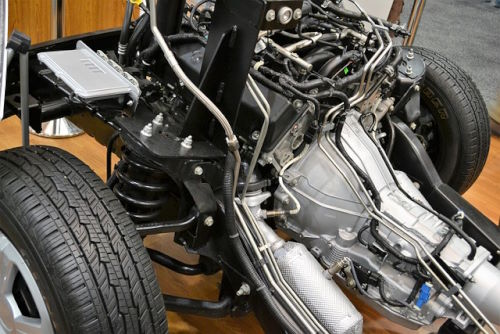
The suspension on a classic car is key to that distinctive ride quality, but older parts may not handle modern roads as well. Check for worn-out shocks, bushings, and springs, especially if you’re hearing creaks or feeling a rough ride.
Upgrading to newer shocks or springs can give your classic a smoother, more reliable ride. Just be mindful of preserving the original feel, as some suspension upgrades may alter the car’s unique handling.
Exhaust System Maintenance: Keep The Engine Purring
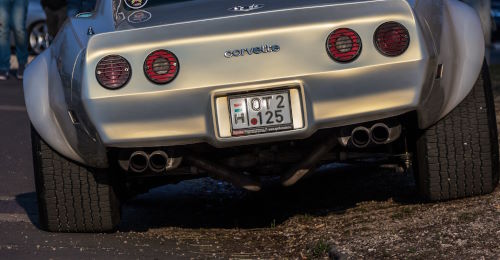
Your exhaust system plays a big role in both performance and sound. With classic cars, exhaust leaks can be common due to aging parts. Inspect the exhaust for rust or damage, and if you’re experiencing backfiring or loss of power, it may be time for a replacement.
Consider a stainless steel exhaust if you’re upgrading, as it offers durability and can be polished for a vintage look. The right exhaust will keep your car sounding just as great as it did in its heyday.
Fuel System Care: Preventing Clogs And Contamination

Classic cars aren’t always compatible with modern ethanol-based fuels, which can degrade rubber components. Inspect fuel lines regularly and consider using a fuel stabilizer if the car sits for extended periods.
Clean or replace fuel filters as part of your maintenance routine to avoid clogs. Some owners even switch to ethanol-free gas for an added level of care, though this depends on availability in your area.
Body And Paint Care: The Finishing Touch
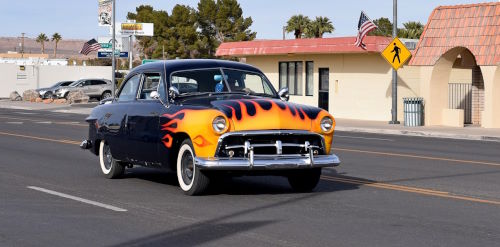
The look of a classic car is a big part of its charm, and keeping the body in top shape is essential. Regularly washing, waxing, and applying a paint sealant can protect the car’s finish. Older paints can be delicate, so use a gentle soap and microfiber cloths to avoid scratches.
For a DIY touch-up, small rust spots can be sanded and painted over to prevent them from spreading. A well-cared-for exterior keeps your classic looking showroom-ready and preserves its value.
Final Thoughts
Taking care of a classic car is a labor of love, but with these DIY maintenance tips, you’re well-equipped to keep your ride in great shape. Now it’s time to roll up your sleeves, get your hands a bit greasy, and enjoy the unique satisfaction that comes from maintaining a true automotive icon.
Got any classic car maintenance tips of your own? Share your favorite tricks, restoration stories, or car photos on our Facebook page! We’d love to hear from fellow classic car enthusiasts.
Related Articles:

